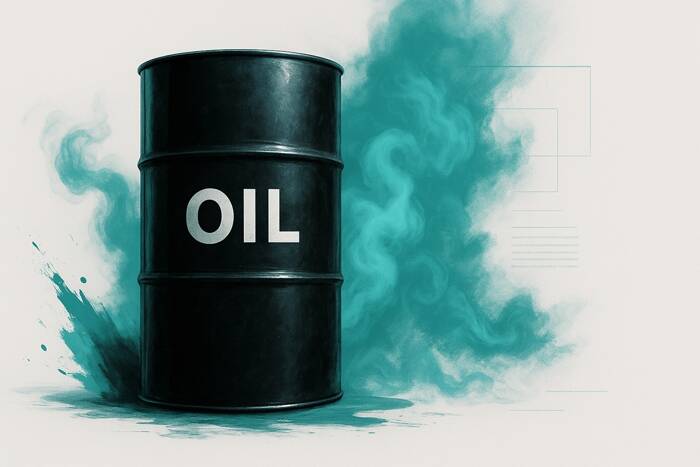Two forces are driving this push:
Market share defence: squeezing higher-cost producers like U.S. shale.
Revenue needs: monetizing national reserves now while prices remain viable.
On the U.S. side, output remains near record highs, but drilling activity is falling. Rig counts have dropped to multi-decade lows, and major players like Diamondback Energy are cutting capital budgets to avoid oversupplying into weakening prices.
India, long a pocket of demand strength, is showing signs of softening. July seaborne imports fell 0.2 mbpd month-on-month to 4.4 mbpd, while onshore inventories averaged 127 million barrels over the past three months-down 5% year-on-year. Russian crude arrivals dropped to 1.4 mbpd, a 20% decline. Seasonal factors play a role, but discharge delays at the sanctioned Vadinar Refinery and potential cutbacks under U.S. tariff pressure could push imports lower.
Oil Market Structure Shows Cracks Despite Backwardation
WTI’s forward curve remains in backwardation, with front-month prices about $2 above January 2026 delivery. Near-term support comes from Middle East summer power demand and steady Chinese stock building.
Spreads, however, have softened. The September/October prompt spread fell $0.84 last week, as September prices declined faster than October. Some longer-dated spreads – such as November/April – historically strengthen at this time of year, but only if demand holds steady.

